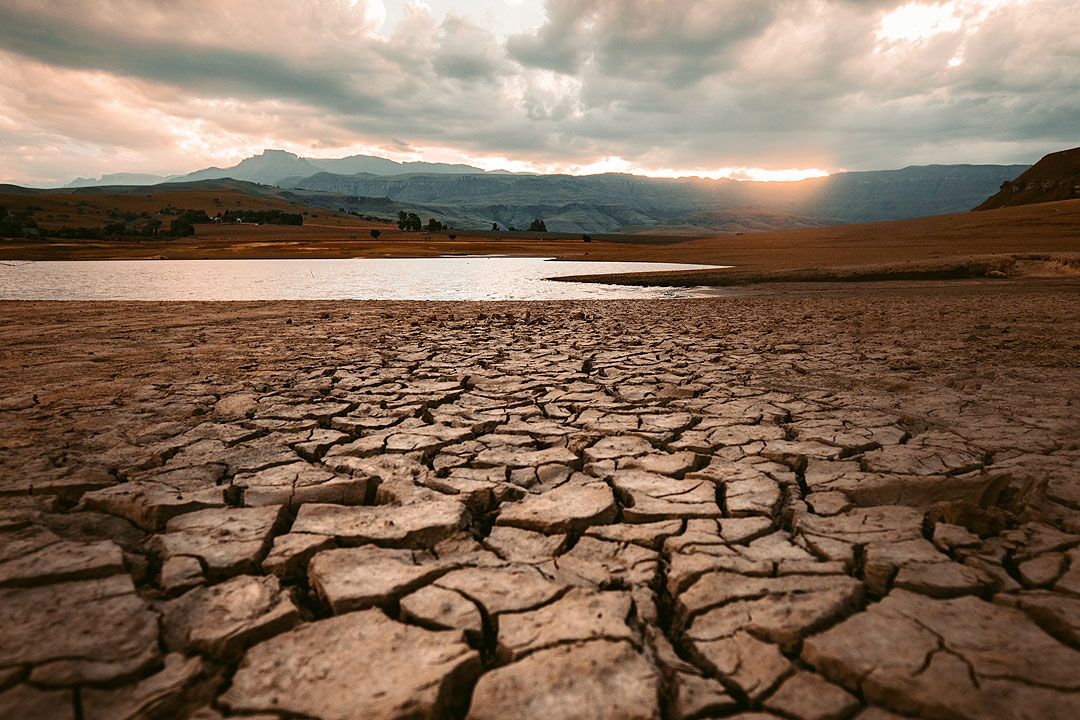Crazy as it may sound, we can survive this El Niño phenomenon individually and as a country through practical ways– eat less so we don’t add to the greenhouse gas in the atmosphere just as producing food/farming contributes much to GHG and be mindful of water usage– every single drop counts.
By eating less (esp. of heat-releasing rice and meat) we reduce our weight and we also help our country preserve whatever grain stocks in the country and the expected reduction in palay production due to El Niño, thereby reducing the need to import pricey imported rice.
Weather bureau Pagasa is reminding us that El Niño would worsen until after April, which means we must brace not just for hotter days ahead but for less food supply as our livestocks, farms, fisheries and vegetables would definitely be declining with less water supply for them.
The damage to agriculture has already breached P941 million, particularly on rice and corn.
The National Disaster Risk Reduction and Management Council on Thursday said provinces that suffered bigtime are Western Visayas at P564.056 million, followed by MIMAROPA (Mindoro, Marinduque, Romblon, Palawan) with P319.755 million, the Ilocos region P54.450 million, CALABARZON (Cavite, Laguna, Batangas, Rizal and Quezon) at P2.75 million and Zamboanga Peninsula, P717,572.
In Cagayan Valley, the Department of Agriculture Regional Field Office 2 reported corn losses of P180 million in rainfed areas. (Corn is not water-intensive, yet because of the scorching heat, the corn crops are being inundated).
Assistance worth P362 million have been given by NDRRMC to MIMAROPA region and the town of Bulalacao in Oriental Mindoro had been placed under state of calamity due to El Niño’s scorch.
El Niño, characterized by below normal rainfall conditions, has affected 16,709 farmers and fisherfolk and 14,854.86 hectares of crops around the country.
The weather phenomenon, characterized by below-normal rainfall conditions, has so far affected 16,709 farmers and fisherfolk and 14,854.86 hectares of crops around the country, the NDRRMC said.
Water interruptions due to El Niño have also been reported in Western Visayas and the Zamboanga Peninsula.
The weather bureau on Thursday said the impact of a strong El Niño would be felt in 80 of the 82 provinces of the country.
Government weather forecasters estimate that 240,000 hectares of farms might be directly affected by the drought (caused by El Niño) in the northern part of Isabela and southern portions of Cagayan, Inquirer.net reported.
Cloud seeding has been done in Cagayan Valley to produce rains over agricultural areas of Cagayan, Isabela and Nueva Vizcaya.
In Negros Occidental, over P55 million in rice and corn losses planted in 1,064 hectares have been lost, prompting Rep.Emilio Yulo III (5th district, Negros Occidental) to ask help from DA and the Sugar Regulatory Administration two months ago to conduct cloud seeding in the province.
#WeTakeAStand #OpinYon #ElNiño #DA #NDRRMC
